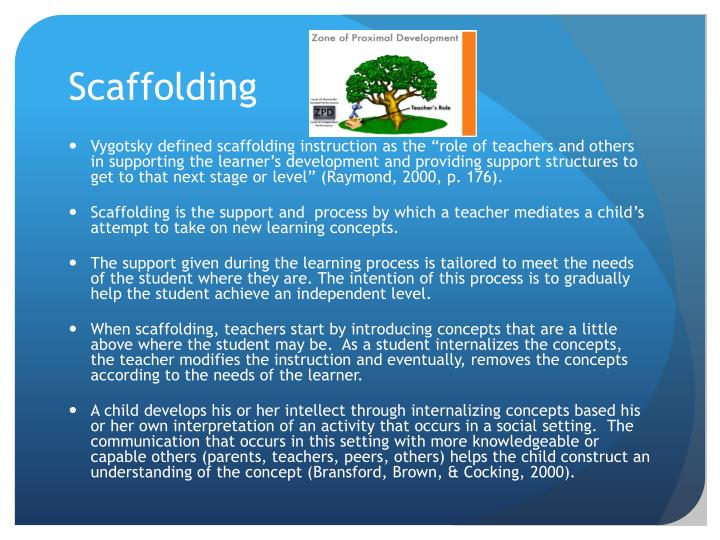


What types of scaffolding have a minor role in current teaching practices? Why?Ģ) Look at the basic tasks taken from language of schooling textbooks.What types of scaffolding are usually adopted in the most target-oriented way?.Learning presupposes initiative and agency on the part of the learner.ġ) Reflect on these definitions of scaffolding compared to language of schooling teaching practices in your country: Overall, the ability to self-regulate governs all learning. Working alone and using one’s inner resources: learning strategies, resources in the environment, inner speech, knowledge, experience, memory, strength.Interaction with less capable peers: learning by teaching, opportunity to verbalise, clarify and extend one’s own knowledge of the subject matter.Interaction with equal peers: collaborative problem solving for gaining new knowledge.Assistance from more capable peers or adults: a learner teaching another learner.Other types of interactional dimensions can be identified in scaffolding:
Scaffold meaning in teaching how to#
Scaffolding makes the students aware of how to do the learning tasks and how to learn new content, so that they will be better able to complete tasks on their own.Īccording to van Lier (2004: 158), scaffolding learning is not limited to teacher–student interactions. What a student can with support today, (s)he will be able to do alone tomorrow. Scaffolding is by definition temporary help that assists students to become more independent and capable of handling learning more on their own. The term “scaffolding” refers to the support that enhances learners’ ability to develop new knowledge and skills that are transferable to new contexts. Reflect on the key ideas What is scaffolding? How is scaffolding applied in the teaching of language of schooling?


 0 kommentar(er)
0 kommentar(er)
